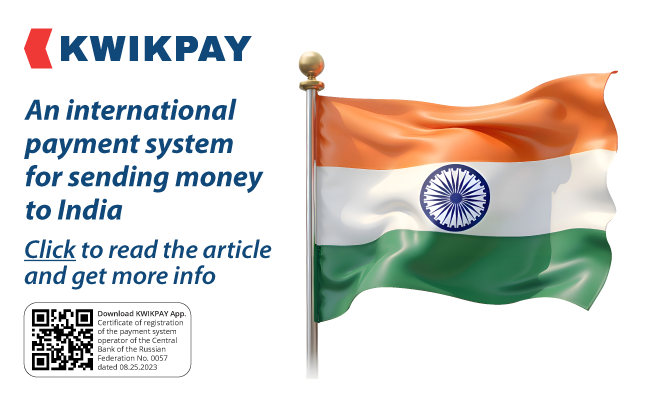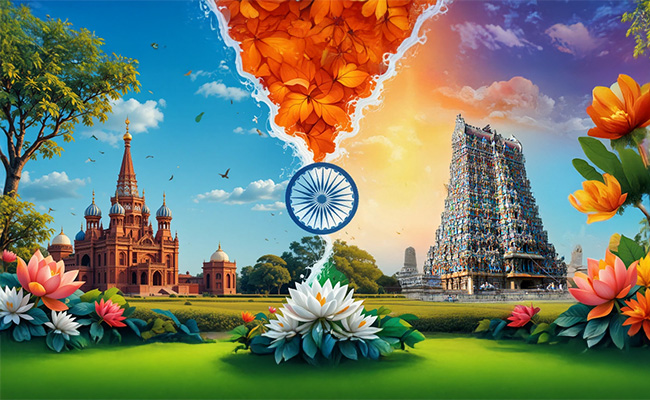






Can a powerful achromatic opposition become a soothing respite in our hectic daily routine? Paradoxically, yes—if this contrast is transformed into balance, as curator Kristina Romanova did in the exhibition Black in Black, White in White. The exhibition, running until May 31 at the SERENE Gallery, features works by dozens of artists from three generations, speaking the languages of various media, harmoniously coexisting while connected only through their materials. Wood, metal, concrete—through these, the artists share their ideas, reflections, and observations.
The delicate colored lines in Nikolai Onishchenko’s graphic works are like associative threads of memory, linking fragments of unconscious experience into a single image at the moment of perceiving an architectural object or building—whether the viewer is inside the space or outside it.

The simple, utterly unpretentious form of the leaf-palette was chosen by Dmitry Gutov as the artist's natural way to focus the viewer's attention on the conceptual content of the work, where he presents us with a dozen profound shades of black. Shungite, Karelian black, burnt soot—by enumerating the names of these shades, the artist explores the question of whether a single true archetypal color can exist, or if it is only achievable through its derivatives.

Aluminum, steel, copper – scraps from metal production are assembled by the artist into a biomorphic assemblage, its form reminiscent of a leaf fallen from a tree, where discarded sheet metal gains a second life. The exhibition curator employs this motif of transformation and rebirth to illustrate the idea of finding variable possibilities for new footholds in a world weary of change.


The theme of harmony and chaos continues in Sasha Puchkova's metal plates. Through engraving, the artist transfers digital virtual shadows onto steel surfaces, bridging the digital with the real, reminding us of the existence of a phygital world.

Graphic designer Sasha Shardak works with non-specific artistic materials, handcrafting assemblages from scraps of wooden slats, foil, glass, and paper. Each frame is hand-assembled by the artist from sawn wooden fragments, allowing him to play with the depth of the glass placement within the frame, the thickness and composition of the border material, and to deliberately leave two protruding nails – hinting that the work remains unfinished, its final nail yet to be driven. Each piece functions simultaneously as both painting and frame, inviting viewers to peer inside and engage with the spatial possibilities of deciding which view or moment from the past they might choose to preserve within this frame.




In the metal installation "The Sound of Approaching Footsteps", HSE University student Agata Gafarova invites viewers to walk across a mat of metal plates, encouraging them to "sound out" with a crunchy metallic noise, thereby including the observer in the act of creation.

The disruption of natural balance finds its expression in Danya Pirogov's concrete sculpture. The young artist conveys his profound impression of hidden and sometimes dangerous natural processes, like karst sinkholes deep within the earth. Remaining completely latent, like a dormant volcano, this gradual subsidence of soil strata may one day surface as disaster, emerging through the earth's crust as a crater. As evidence of his engagement with the subject, Danya personally scraped soil fragments from potential crater sites using a pocket knife.

In his work "Fractures", Dmitry Filippov turned to film photography and travel as his artistic method for observing nature, focusing on that boundary between earth and sky we commonly call the horizon line. The author both metaphorically and literally illustrates the idea of accumulating impressions by manually breaking and accordion-folding multiple photographs. Through this process, he explores how paper transforms after such manipulations, paying particular attention to the folds and fractures while maintaining the horizon line's continuity across the panorama. As if suggesting that no matter how twisted our life's path may become, there always runs parallel to it - whether visible to us or not - the straight line of the horizon.

Alena Rogatko and Anna Bystrova, conversely, turn to nature's indestructible and fundamental "principle" — harmony, which the artists seek to capture through weaving and painting. They have managed to seize that timeless state one experiences when immersed in contemplating natural landscapes, particularly on winter or foggy days.


This unconventional meditation-exhibition invites viewers to contemplation and reflection about inner and outer transformations, points of support, and the healing states of mental clarity granted to us through contact with natural landscapes. One of the key values of visiting group exhibitions lies in the opportunity to explore the diversity of artists' visual languages and creative methods, learning to shift attention between different concepts - and the more logically compelling and engaging this journey becomes, the greater the curator's achievement.